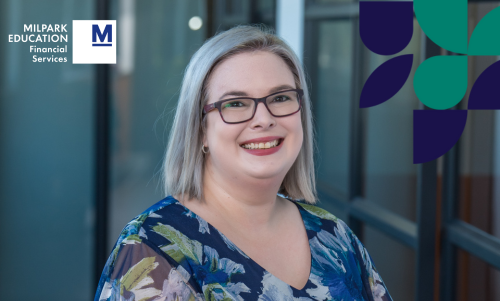Our classroom is no longer a lecture hall but a lab of experimentation.
This initiative is deeply rooted in inquiry-based and project-based learning pedagogies. Students begin with a problem statement: How might an insurer use AI to improve underwriting? From there, they work in teams, blending domain expertise with basic AI development skills to build a functional prototype. They ask questions, test assumptions, and iterate.
The process empowers students to take ownership of their learning and fosters soft skills (like collaboration, adaptability and critical thinking) that are essential to any career in risk and insurance.
The insurance sector is evolving. Insurtech startups are challenging legacy systems, and AI is playing a growing role in underwriting, claim processing, fraud detection, and even personalised risk assessments. Yet many graduates entering the field lack the digital fluency to thrive in this environment. Our AI bot project aims to close that gap by providing students with hands-on experience that blends insurance theory with emerging technologies.
Students leave not just with knowledge, but with a portfolio-worthy project that demonstrates their ability to think across disciplines.

![Umbraco.Cms.Core.Models.MediaWithCrops`1[Umbraco.Cms.Web.Common.PublishedModels.Image]](/media/c4nm3zew/marisa-grundling3.png)